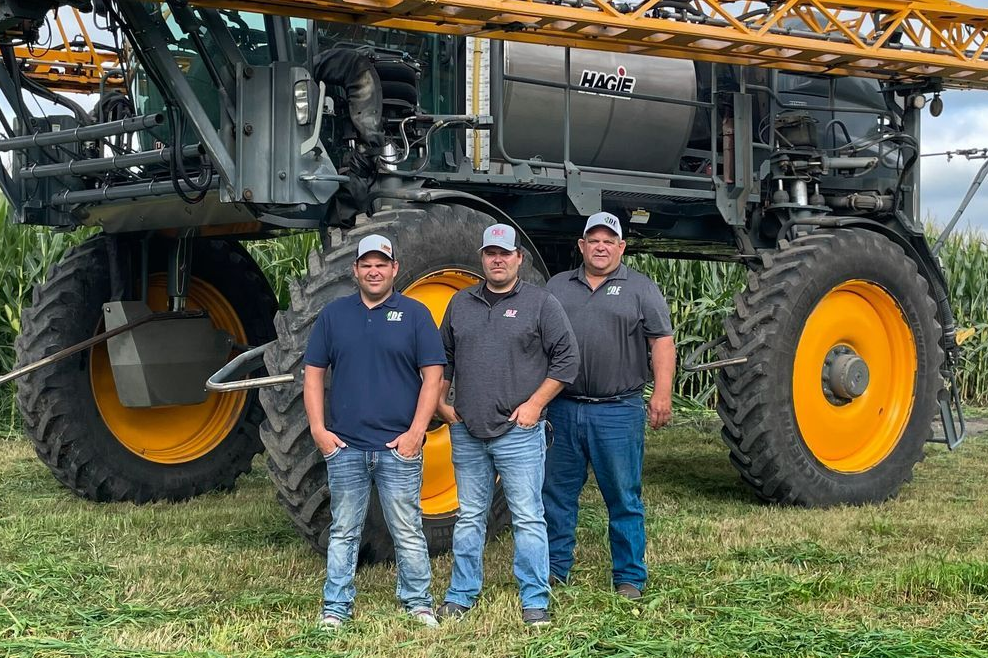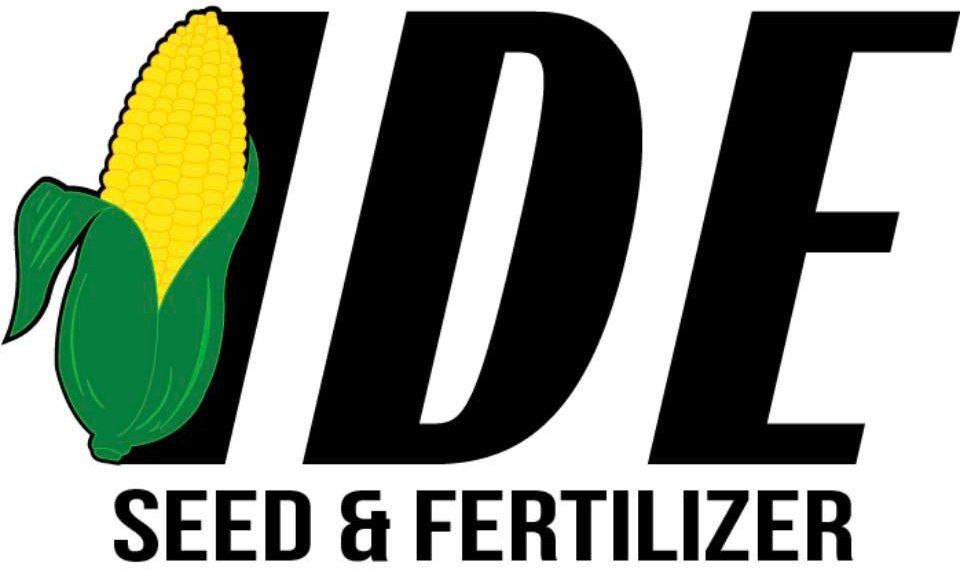In the Middle of Difficulty Lies Opportunity
"In the middle of difficulty lies opportunity." - Albert Einstein
The question is: Will you change anything?
As harvest gets underway, we know many of you are already seeing the writing on the wall. Whether you're just getting started or haven't even begun yet, you can tell this isn't the year you hoped for. Bean yields that should've been better. Corn that looked promising but won't deliver. Bank statements that make your stomach turn.
The stress is real: the late nights running numbers, the weight of wondering how to make next year different.
But here's what we want you to understand: This isn't just about surviving. It's about finding the opportunity hidden in this year's challenges.
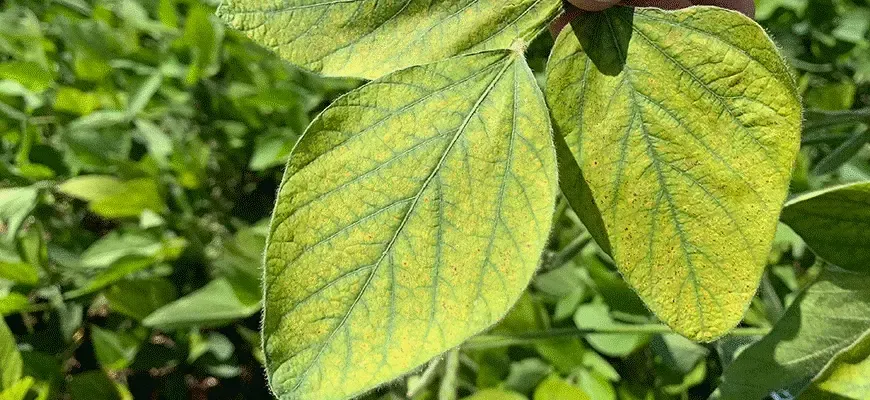
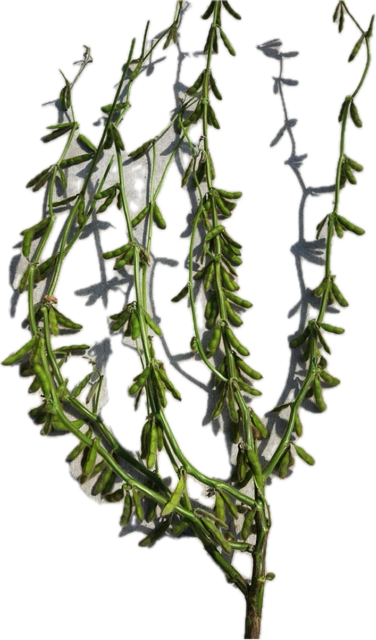
The Stress You Can See (And The Stress You Can't)
We've talked about controlling stress levels in crops many times. Yet here we are: a year with nearly irrigation-type rainfall in many areas, and people are still disappointed in soybean yields. Depending on your location, corn yields are merely adequate at best.
Take a look at your bean plants. If you're not seeing 100+ pods per plant with a population of 120,000, you're experiencing biology problems. It's that simple. When your bean yields keep trending down instead of up, that's one of the first signs your soil biology isn't working for you.
Here's another telltale sign: Compare your corn hybrid maturity choices to what you planted 10-15 years ago. Have you shifted to much later maturities because your corn dies too soon? That's biology sending you a message.
What Would 10-15 Extra Bushels Mean to Your Family?
Let's get real for a minute. What happens when you add 10 bushels per acre to this year's bean crop? Or 15 bushels to your corn?
That's not just numbers on a spreadsheet. That's breathing room. That's your stress level dropping. That's being able to sleep at night knowing you're going to be okay.
Think of it as a life jacket when you're drowning in low prices and high input costs.
The Three-Legged Stool That's Missing a Leg
Just like a stool needs all three legs to stand, your soil needs physical, chemical, AND biological components to function. Most operations have been focusing on just two legs for decades: the physical (tillage, structure) and chemical (NPK fertilizer).
No wonder things feel unstable.
The biological leg? That's where the real opportunity lies. And here's the encouraging part: According to recent industry research, more than 60% of surveyed U.S. growers are planning to increase biological use by 2026, citing improved soil health and sustainability as key drivers.
You're not alone in recognizing that something needs to change.
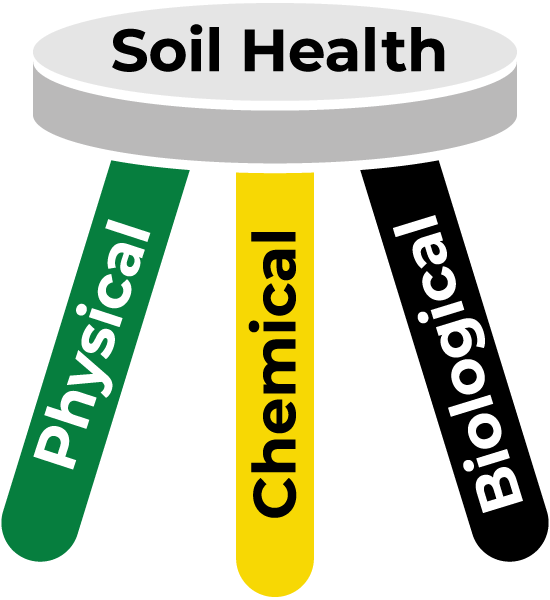
Yellow Beans, Zinc Response, and What Your Fields are Telling You
Here's something most people don't talk about: When 2-3 inches of your bean field turns yellow early in the season, everyone rushes to diagnose it as IDC (Iron Deficiency Chlorosis). But in western Minnesota this year? That yellowing is actually a manganese issue, another biology problem in disguise.
Getting a response to zinc in your starter fertilizer? That's another hint your biology is struggling.
These aren't random problems. They're symptoms of the same underlying issue: your soil's biological system is running on empty.
The Difference Between "Low Cost" and "Low Risk"
Everyone's trying the "here, try this" approach, throwing products at problems and hoping something sticks. But with fertilizer at all-time highs and margins razor-thin, you can't afford to guess.
At Ide Seed, we don't guess. We test your soil and diagnose what's actually happening with your biology. We can prove that WEOC (Water Extractable Organic Carbon) levels keep declining when you're not feeding your soil biology properly. And we can predict that without intervention, your yields will become more inconsistent from field to field, year to year.
There's a crucial difference between "low cost" and "low risk." Using the right product or combination of products based on actual soil testing makes our approach LOW RISK. That's what you need right now: not another gamble, but a proven path forward.
Cost vs. Response: How Biology Increases Free Fertility
Here's what changes people's perspective: Biology doesn't just help your crops, it increases what we call "free fertility." Those nutrients already in your soil that aren't available to your plants? Healthy biology unlocks them.
You've already paid for that fertility. Now it's time to use it.
Will You Change, or Will You Hope Things Change?
As Will Rogers once said, "It isn't what we don't know that gives us trouble, it's what we know that ain't so."
What we "know" about farming (that more fertilizer equals better yields, that soil testing tells the whole story, that biological activity just happens on its own) that's what's getting us in trouble.
Want to learn more about how we're helping farmers across central Minnesota turn difficulty into opportunity? Listen to Nate's conversation on the Crop Cast by BW Fusion podcast, dropping October 10th. With over 30,000 streams, this podcast is where progressive farmers go to learn what's really working in the field.
Your Next Step
According to Nate, "Being a BW fusion dealer gives us the ability to help producers in a way that no one else can for their soils and families. Especially in this high stress era. We can bring the hope!"
The opportunity is here, hidden in the middle of this year's difficulties. The question remains: Will you change anything?
Your soil is waiting. Your operation and your family is counting on it. And we're here to help you make the change that makes the difference.
Ready to test your soil biology and build a plan that actually works? Contact Ide Seed & Fertilizer today. Because feeding your soil means feeding your future.
